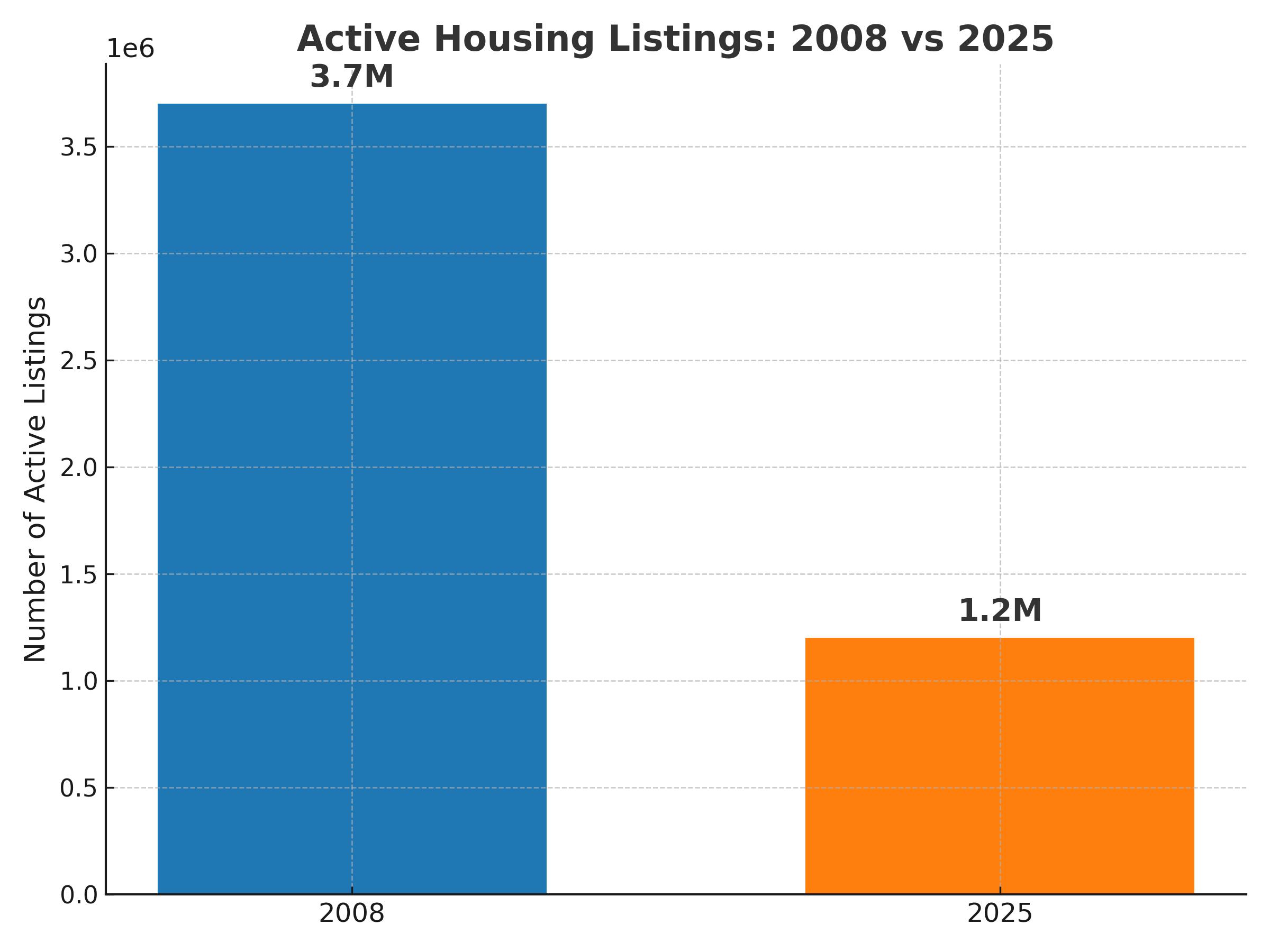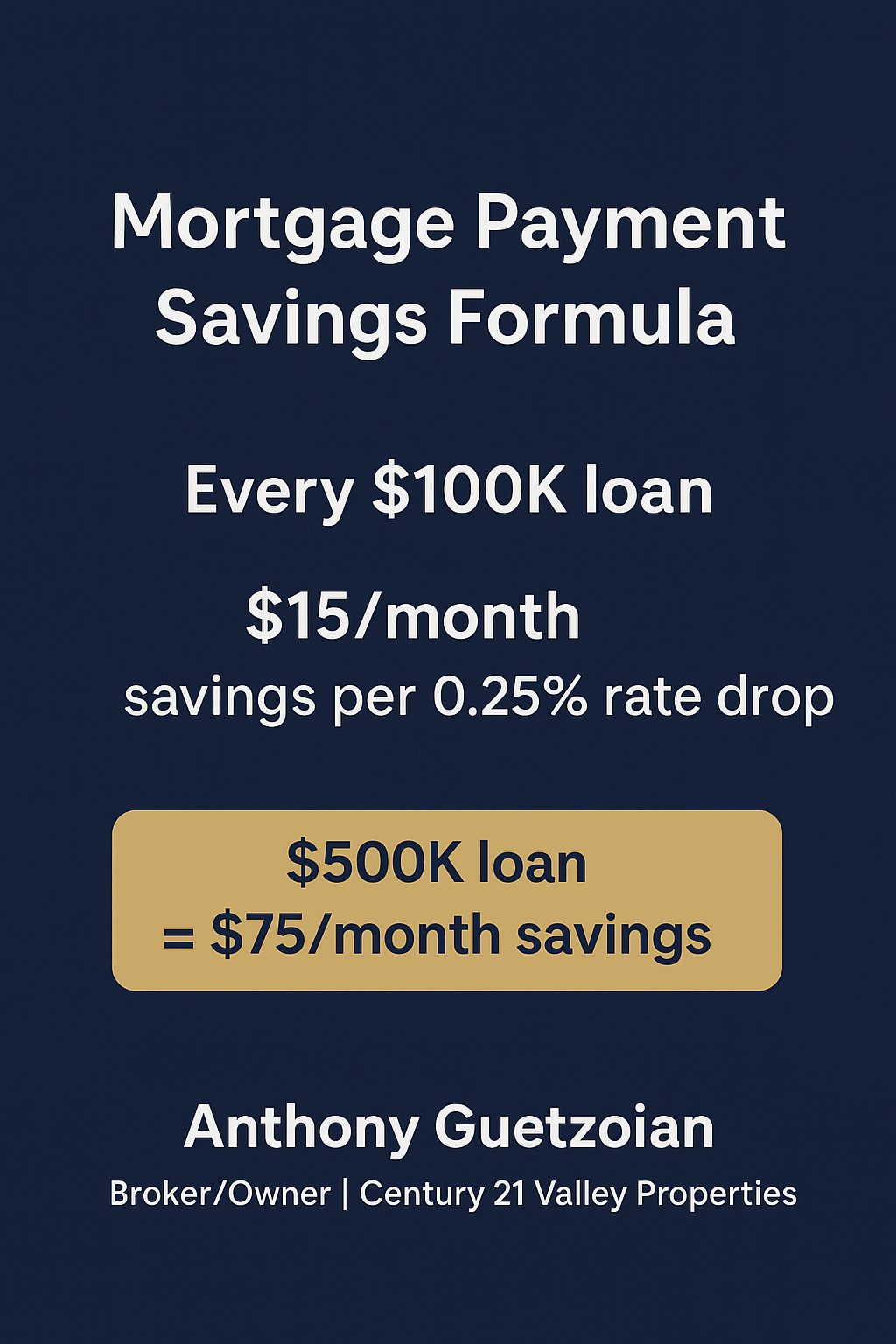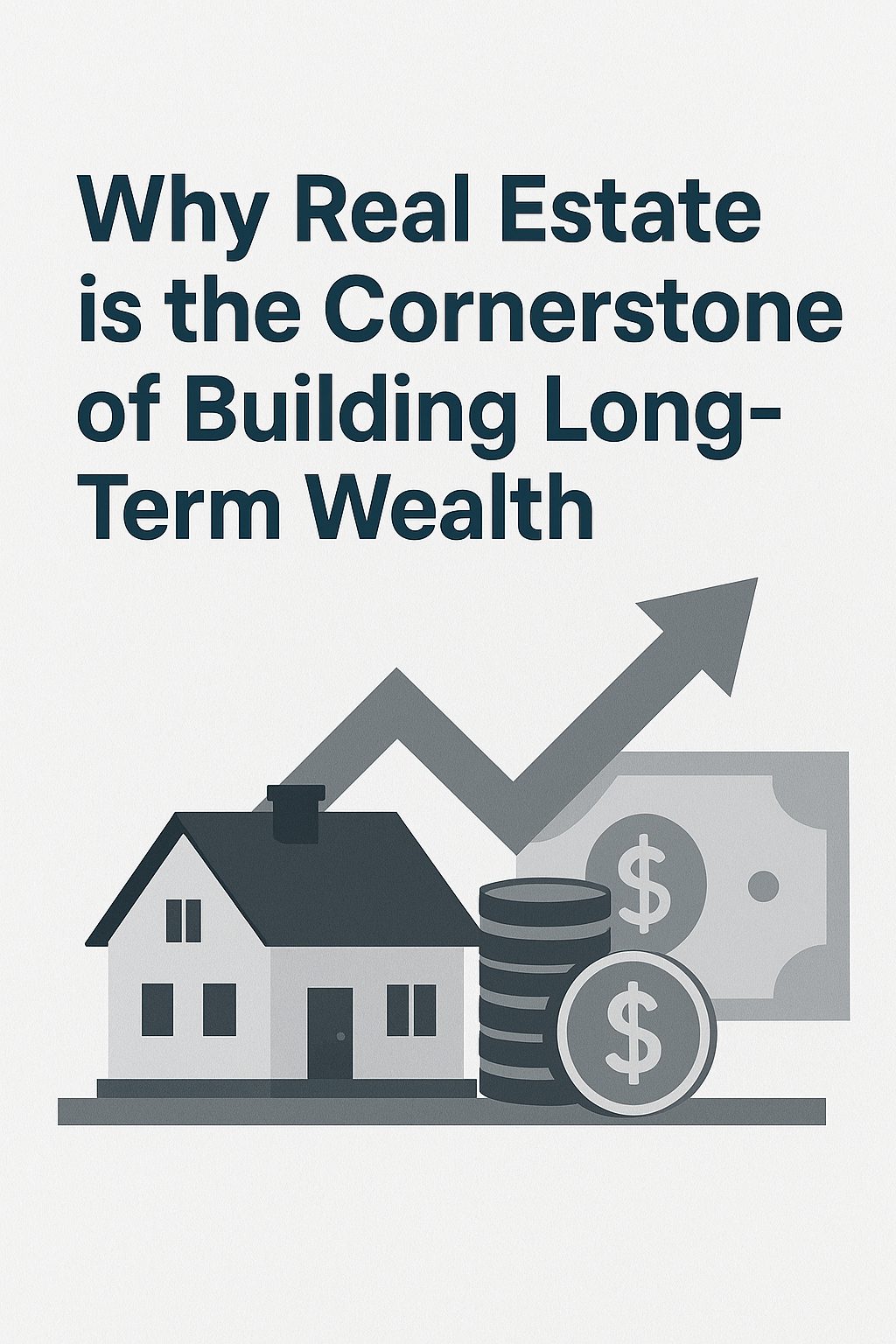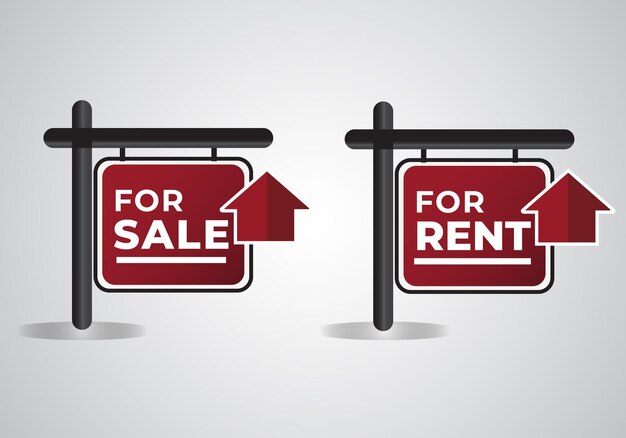When people talk about building wealth, most think of the stock market, retirement accounts, or even starting a business. But there’s one wealth-building vehicle that has proven itself for generations: real estate holdings.
From cash flow to appreciation, tax benefits to generational wealth, real estate provides multiple pathways to financial security that very few other investments can match. Let’s break down why property ownership has become the cornerstone of long-term wealth — and how you can use it strategically.
1. Tangible Value That Lasts
Unlike stocks or cryptocurrencies, real estate is a tangible asset. Land and property carry intrinsic value that has stood the test of time. Even during economic downturns, real estate rarely goes to zero, and history shows that property values generally rise over the long term.
This durability makes real estate one of the safest ways to hedge against inflation, ensuring your wealth grows while maintaining purchasing power.
2. Appreciation Over Time
One of the most powerful aspects of real estate is appreciation. While the market may fluctuate in the short term, values tend to trend upward over time. Owning property means that you benefit from this natural growth, compounding your wealth as your assets increase in value.
For example, a home purchased for $500,000 today could easily be worth $650,000–$700,000 in ten years, depending on location and market conditions — all while you’ve potentially collected rental income or paid down your loan balance.
3. Steady Cash Flow & Passive Income
Investment properties, whether single-family homes, multi-units, or commercial spaces, provide consistent rental income. This cash flow can cover expenses such as mortgage payments, property management, taxes, and maintenance, while still leaving profit on the table.
Over time, as loans are paid down and rents increase, your cash flow becomes a form of true passive income. This is one of the biggest steps in transitioning from working for money to having money work for you.
4. Leverage & Tax Advantages
Few investments offer the same leverage as real estate. With a relatively small down payment, you can control an asset worth several times that amount. For example, a 20% down payment of $100,000 lets you purchase a $500,000 property — allowing your wealth to grow on the entire value, not just the amount you invested.
Additionally, real estate offers significant tax advantages such as:
-
Mortgage interest deductions
-
Property tax deductions
-
Depreciation write-offs
-
1031 exchanges (to defer capital gains)
-
Potential deductions for operating expenses
Together, these strategies reduce taxable income and accelerate wealth-building.
5. Generational Wealth & Legacy
Real estate isn’t just about your financial success — it’s about building a legacy. Properties can be passed down to children or heirs, providing long-term financial security for future generations.
Even if heirs don’t keep the property, they have the option to sell or reposition assets, giving them a head start in life. For many families, this transfer of real estate is the foundation of generational wealth.
6. Diversification & Stability
While diversification is important, many portfolios remain overexposed to stock market volatility. Adding real estate to your financial plan helps balance risk by anchoring your portfolio with a stable, income-producing asset.
During periods of market turbulence, real estate often acts as a stabilizer, reducing risk while continuing to build long-term wealth.
7. Why Professional Guidance Matters
While real estate offers tremendous opportunity, success doesn’t happen automatically. Identifying undervalued opportunities, structuring deals, managing risk, and timing the market all require experience and strategy.
This is where working with a trusted real estate professional becomes invaluable. From advising first-time buyers to assisting high-net-worth individuals with complex portfolios, the right guidance ensures that every move you make is aligned with your long-term financial goals.
Final Thought
Real estate is more than just property — it’s a proven path to building security, financial freedom, and lasting wealth. Whether you’re looking to purchase your first home, expand into investment properties, or create a generational legacy, the key is taking action with the right strategy in place.
👉 If you’re ready to explore how real estate can strengthen your financial future, I’d be honored to guide you. Contact me today to discuss your goals and start building your long-term wealth through real estate.
Meta Description:
Discover why real estate remains one of the most reliable ways to build wealth, create passive income, and secure generational financial freedom.


 Facebook
Facebook
 X
X
 Pinterest
Pinterest
 Copy Link
Copy Link











